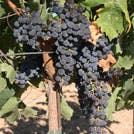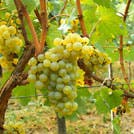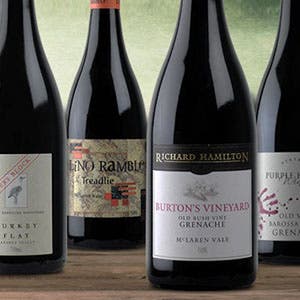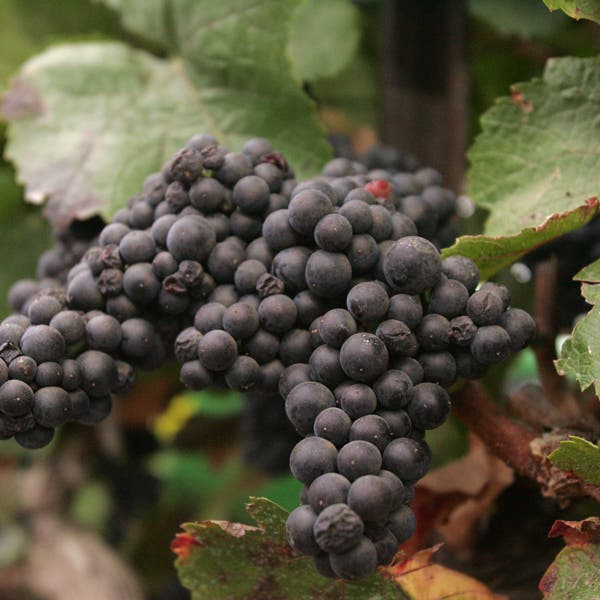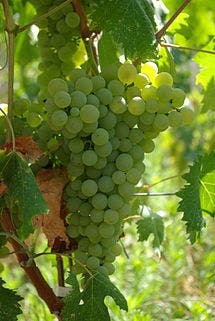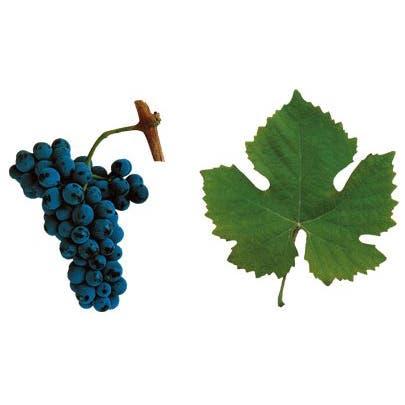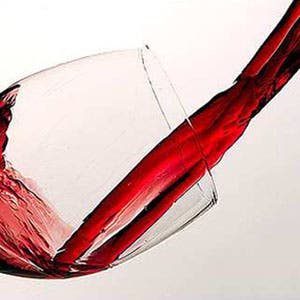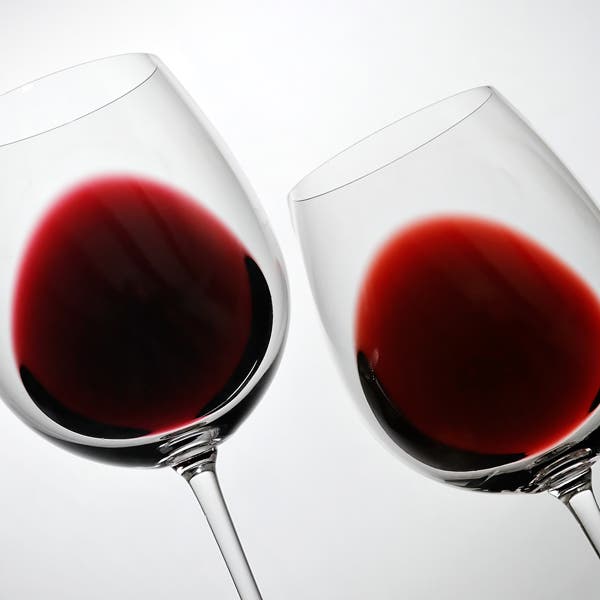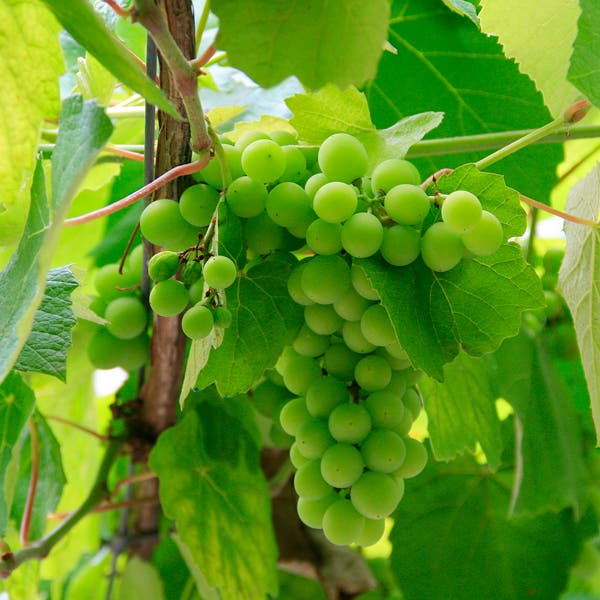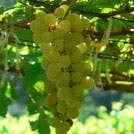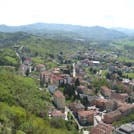Quite unlike like Miles Raymond in the awesome film ‘Sideways’ … if anyone orders Merlot, I’m staying. I am very happy to drink f%^&ing Merlot!
Merlot doesn’t get much love here in Australia – variously accused of being thin and reedy (region too cold) or soft and fat (region too warm) but rarely awesome, refined, structured or fruit intense. Much of the blame for Aussie Merlot being ‘crap’ has been ascribed to our clonal selections of Merlot – the most widely planted being D3V14, sourced from UC Davis in California in the mid 60s. It can make superb wine but it needs to be planted in the right sites and requires a lot of work in the vineyard to produce quality fruit. Historically most Aussie producers simply haven’t treated Merlot with that level of care. ‘Proper’ varieties, like Pinot, Shiraz, Cabernet etc have more time and money spent on them in the vineyard and winery because they yield a better return

